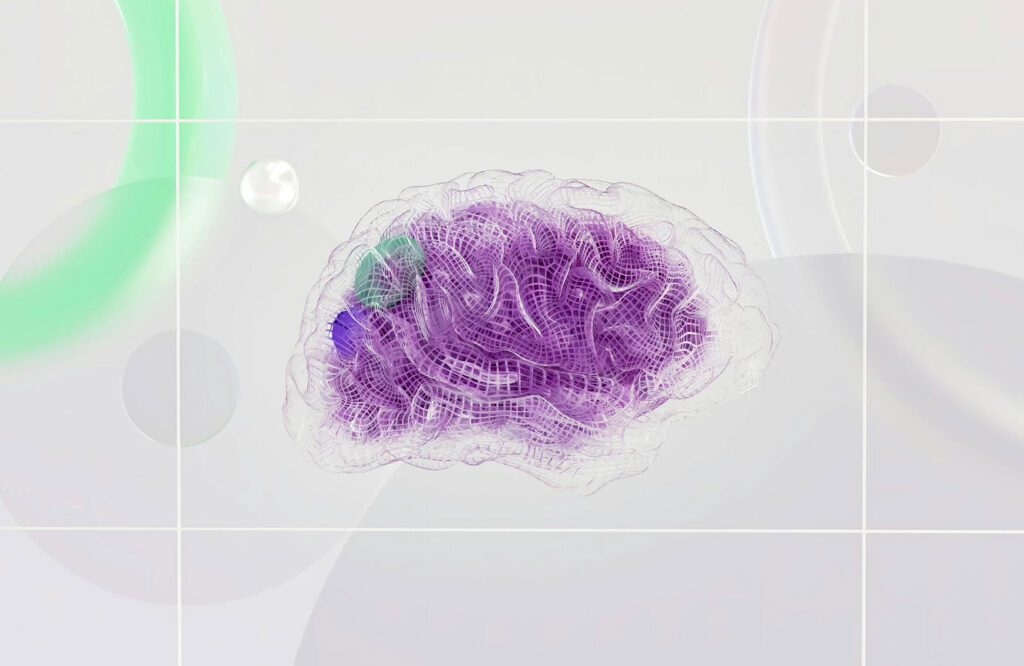
Neuroscience marketing, also known as neuromarketing, is an innovative field that combines principles of neuroscience with marketing strategies to understand and influence consumer behavior. By studying how the brain responds to various marketing stimuli, businesses can craft more effective advertising campaigns, enhance customer experiences, and ultimately drive better sales results.
The Science Behind Neuroscience Marketing
At its core, neuroscience marketing leverages techniques from neuroscience to measure and analyze the brain’s responses to marketing materials. This can include advertisements, product packaging, website designs, and more. The primary tools used in neuromarketing research are:
1. Functional Magnetic Resonance Imaging (fMRI)
fMRI scans measure brain activity by detecting changes in blood flow. This helps marketers understand which areas of the brain are activated in response to different stimuli, revealing insights into emotional and cognitive reactions.
2. Electroencephalography (EEG)
EEG measures electrical activity in the brain. It’s useful for understanding how quickly the brain responds to marketing stimuli and identifying patterns related to attention and emotional engagement.
3. Eye-Tracking
Eye-tracking technology monitors where and how long a person looks at different parts of a marketing material. This helps in understanding visual attention and can inform design choices to capture and retain consumer interest.
4. Biometric Measures
These include heart rate, skin conductance, and facial expression analysis. These measures provide additional data on physiological responses to marketing stimuli, indicating levels of arousal and emotional reactions.
Applications of Neuroscience Marketing
1. Advertising Effectiveness
By understanding which elements of an advertisement capture attention and evoke emotional responses, companies can design ads that resonate more deeply with their audience, increasing the likelihood of conversion.
2. Product Design
Neuromarketing insights can guide the design of products and packaging to make them more appealing and engaging to consumers.
3. Website Optimization
Analyzing how users interact with a website can help businesses create more intuitive and user-friendly online experiences, leading to higher engagement and conversion rates.
4. Branding
Understanding the emotional connections consumers have with a brand can help in developing stronger brand identities and more effective branding strategies.
Ethical Considerations
While neuroscience marketing offers powerful insights, it also raises ethical questions. Companies need to use these techniques responsibly, ensuring that consumer data is collected and used transparently and that marketing practices do not manipulate consumers in harmful ways.
Conclusion
Neuroscience marketing is a cutting-edge approach that harnesses the power of brain science to optimize marketing efforts. By understanding the neural underpinnings of consumer behavior, businesses can create more impactful and effective marketing strategies, fostering deeper connections with their audiences and driving better business outcomes.

